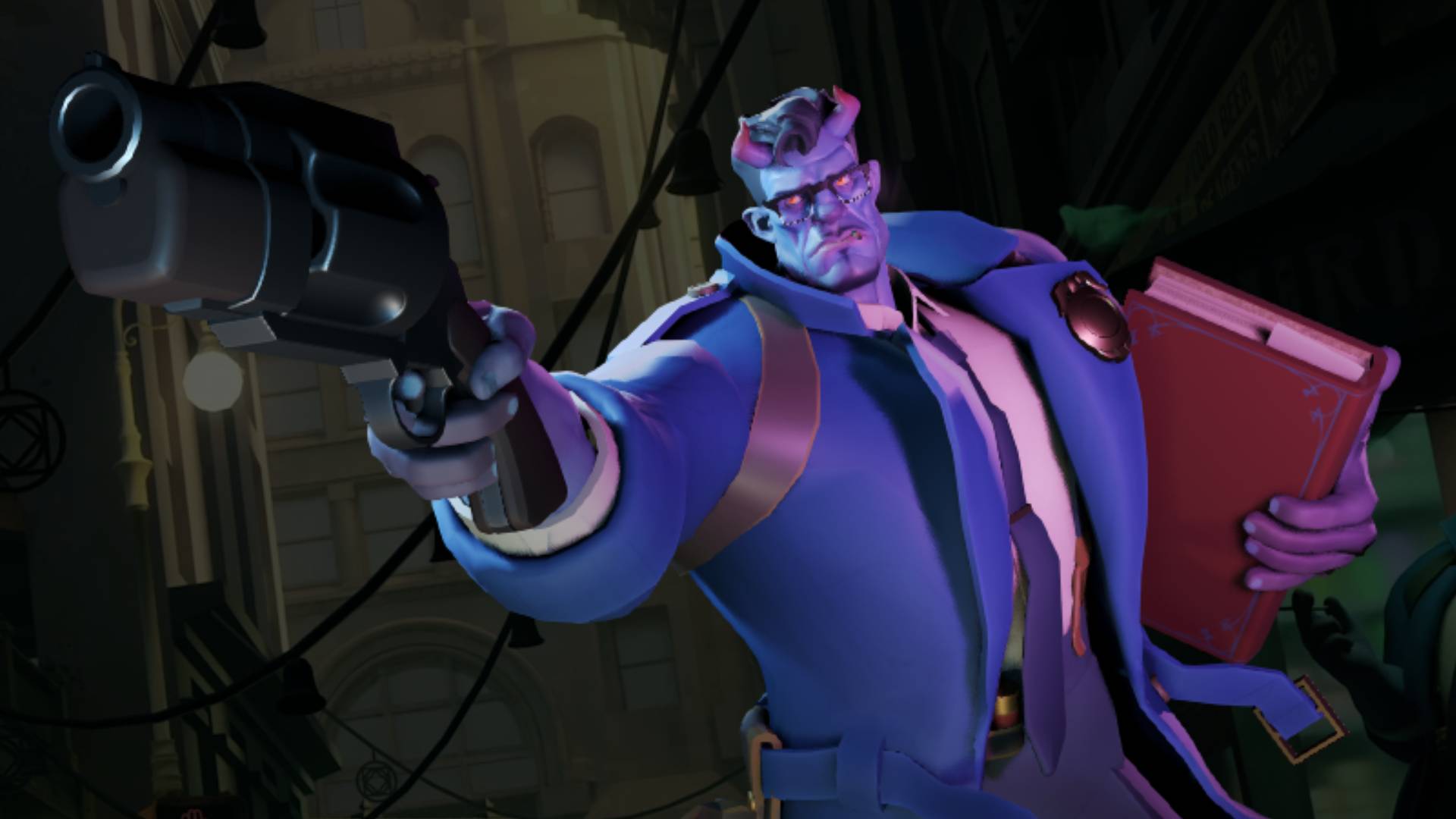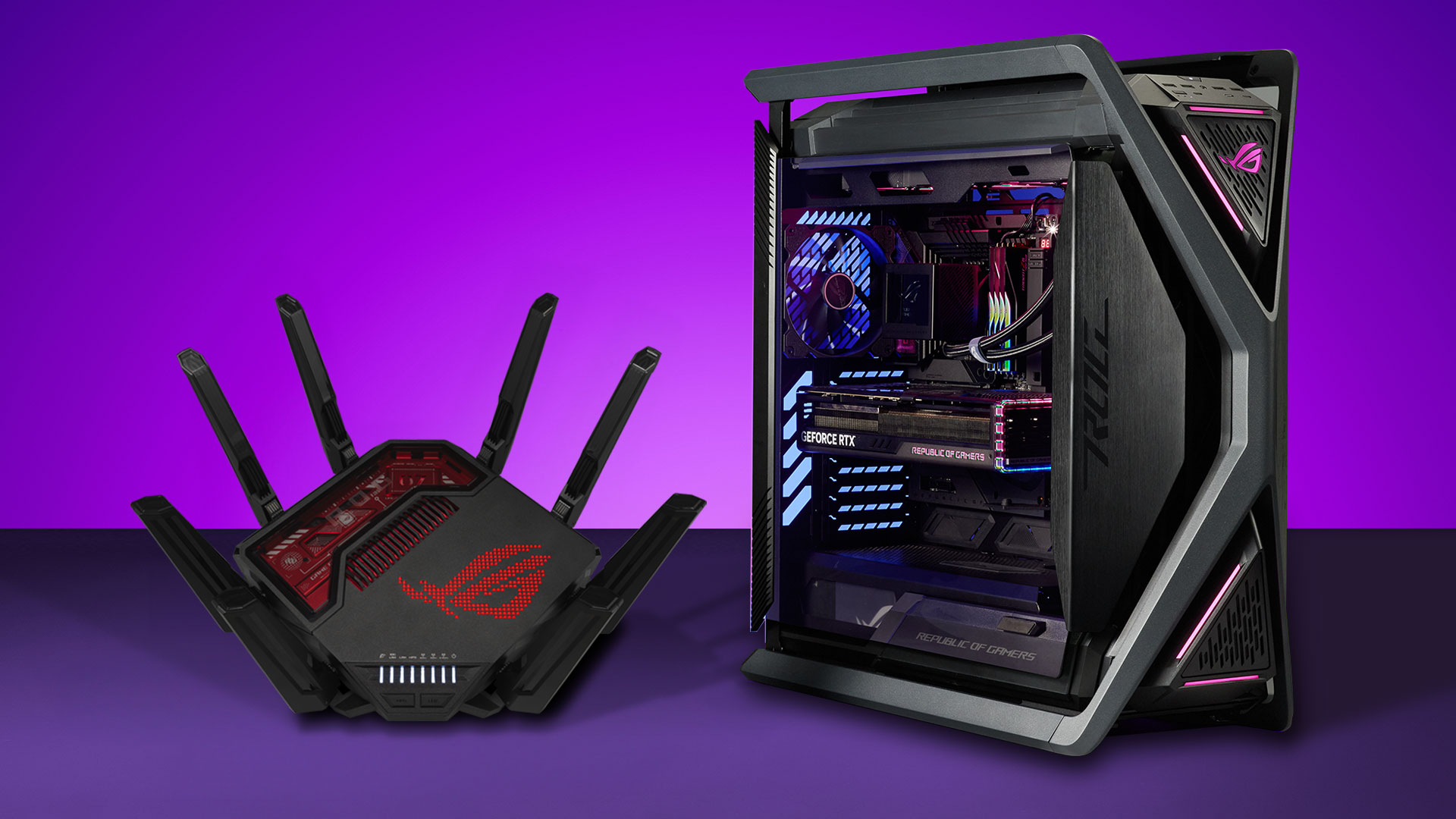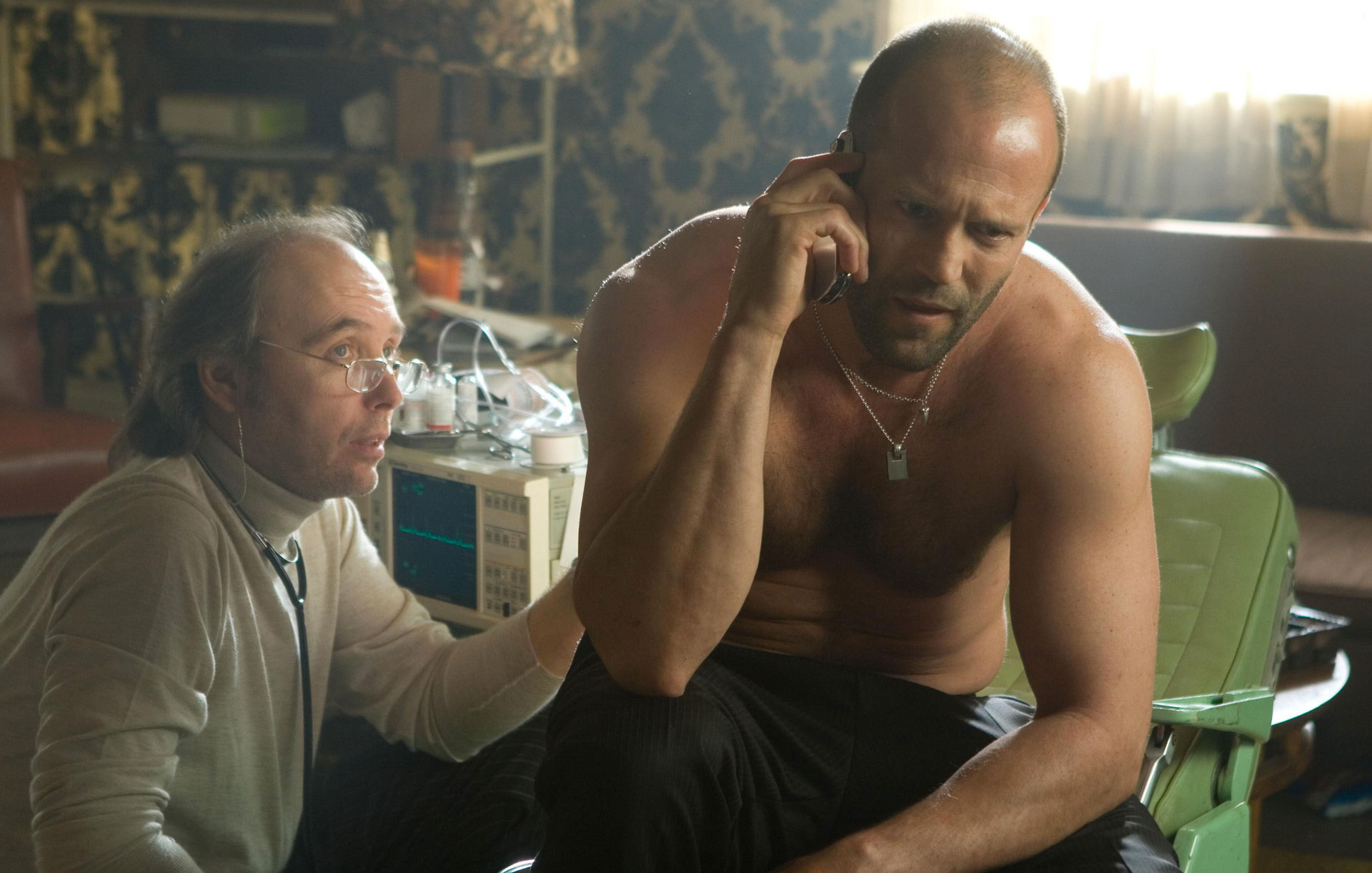
Years after the MOBA bubble burst, August brought three major MOBAs at once.
2024 is feeling very 2016 all of a sudden. No, I don’t mean because we’re reentering the psychic maelstrom of election season; I’m talking about the MOBAs. In the back half of the 2010s, we watched the industry pack the market way past the MOBA oversaturation point as it seemed like every major publisher was racing to capture whatever lightning Riot and Valve hadn’t already bottled with League of Legends and Dota 2.
Many of those efforts failed as, tragically, jungling as Batman didn’t prove compelling enough to draw a sustainable amount of attention away from the biggest players in the space. The market moved on to chase the emerging battle royale zeitgeist, trailing failed MOBAs in its wake and leaving the genre to its handful of unchallenged titans.
But now, years later, there’s a bunch of MOBA action happening all at once. It began in April, when the formerly free-to-play Gigantic returned from its 2018 closure as Gigantic: Rampage Edition. August, though, has felt like the breaking of some arcane seal that was keeping lane-based combat from reemerging into the world. Over the last few weeks, Predecessor—the MOBA built from the assets of Epic’s defunct Paragon—got its 1.0 release, Smite 2 has launched its buy-in closed alpha, and Valve revealed Deadlock, its in-development third person shooter MOBA whose not-so-secret closed playtest had attracted tens of thousands of players.
Whether it’s a temporary burst of activity or the beginning of a renaissance, MOBAs are back in vogue. The question is: Why now? For Alex Cantatore, executive producer for Smite 2, soulslikes deserve some of the credit.
“I’ve often described MOBAs as the ‘soulslike’ of multiplayer genres,” Cantatore told PC Gamer via email. “They’re really hard. You’re going to die a lot to learn the game.” While technically demanding games have always had their audience, we’re now in a world where games like Elden Ring can casually brutalize their players and still sell tens of millions of copies. With punishing games achieving a mainstream appeal, Cantatore says MOBAs have an opportunity to attract an audience they might not have been able to eight years ago.
“That same feeling you get when you take down Malenia? Like you were rewarded for deeply mastering the game? That’s the feeling you get from winning every game of Smite 2,” Cantatore said. “Now that more players understand that it feels great to master a difficult game, I think more are willing to take that journey.”
Robbie Singh, CEO of Predecessor developer Omeda Studios, thinks we aren’t seeing a MOBA comeback so much as a MOBA evolution. “In our view, MOBAs never really went away in the first place,” Singh told PC Gamer over email.
Instead, Singh thinks the core audience of western gamers turned its attention elsewhere as MOBAs didn’t keep up with advancing tech and design standards. “It could be that a new generation of gamers is just now coming to realize that there’s also a new generation of MOBAs that look and play better than the ones they may be used to,” Singh said.
For Cantatore, it seemed like so many MOBAs failed in the late 2010s because they didn’t offer a compelling alternative to what was being offered by League and Dota. “I think during the last MOBA boom, you saw a lot of fine games that didn’t really evolve the formula and so they didn’t stand out compared to established competitors,” Cantatore said. “Smite survived because it threaded the perfect balance.”
Similarly, Singh says Omeda understands that, in 2024, it’s not enough for Predecessor to try and repackage the traditional MOBA experience. “These days, we’d say that to be successful as a modern MOBA you need a solid foundation of heroes and core mechanics, but we also want to step back and look beyond the genre itself,” Singh said.
Considering that Gigantic, Smite 2, Predecessor, and now Valve’s Deadlock are all MOBAs that have cast off the traditional RTS-style controls for a third person, action-centric presentation, it seems like there’s a common sentiment that MOBAs need to meet changing expectations.
“I think player expectations just keep growing,” Cantatore said. “And we think the only way to meet those expectations is to get your game out in the public earlier than you’re really comfortable with, so that you can get feedback on exactly what players think and what they want.”





